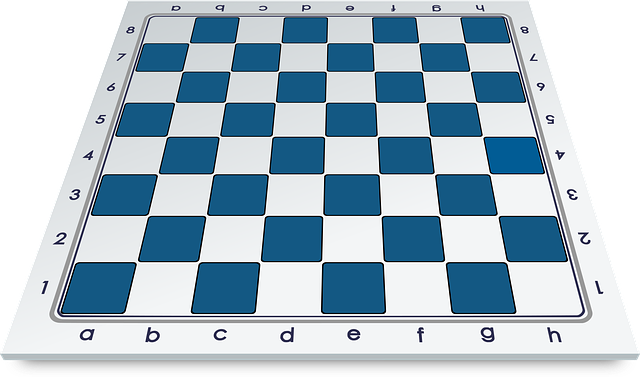The transition from the conception that gambling like 인싸포커 is strictly related to everyone’s chance, to the one according to which behind the gambling are scientific principles was a long one but influenced by important studies.
The mathematical theory of probability and gambling
A serious scientific investigation of the laws of chance, known as the mathematical theory of probability, seems to have begun during the Renaissance when so many other pioneering initiatives in science took place.  And some of the first research was done by the same great thinkers who undermined superstitions and paved the way for modern science, well-known names such as Johannes Kepler or Galileo Galilei.
And some of the first research was done by the same great thinkers who undermined superstitions and paved the way for modern science, well-known names such as Johannes Kepler or Galileo Galilei.
Some personalities in the field of science have made significant contributions to the evolution of gambling. A prime example is Kepler, who as an astronomer was concerned with the stars, not gambling. But when a new bright star appeared in 1604, he collected the views of other astronomers and approved the theory that a star appears due to the opportunity of atomic concordance. Then, based on complex calculations, Kepler tried to determine the time and mathematical probability for a similar situation to be repeated, an extremely current principle even now, in the case of gambling.
Galileo’s contribution to probability theory
Galileo’s contribution to probability theory has a more direct relationship with gambling than Kepler’s. Galileo deviated from his impressive work in other scientific fields to answer the banal question of a playmate. The friend wanted to know why, with three dice, the number 10 is rolled more often than the number 9. Galileo prepared an analysis of the chances and showed that out of 216 possible cases, the number 10 has the game advantage over the number 9 in the report of 27 cases to 25 because there are 27 combinations of dice that form the number 10 and form only 9.
Girolamo Cardano’s contribution to probability theory
But the man who made perhaps the most extensive demonstrations of probability theory was Girolamo Cardano. While a student at the University of Padua, Cardano began gathering information for his work. Student Cardano had a lot of opportunities to study the subject because his income came mainly from gambling until he gained a reputation as a doctor, mathematician, philosopher and inventor.
The book is a compilation of themes that formed the basis of the subsequent evolution of the industry. The moral, historical, practical and arithmetic aspects of gambling are all debated over several chapters. The manuscript also has instructions for playing primer and clues to tricks that use soap and mirror cards in finger rings to reflect playing surfaces.

